APS CUWiP at Argonne
About CUWiP
The goal of APS CUWiP is to help undergraduate women continue in physics by providing them with the opportunity to experience a professional conference, information about graduate school and professions in physics, and access to other women in physics of all ages with whom they can share experiences, advice, and ideas.
The national and local organizing committees of APS CUWiP strive to create a welcoming environment for all, including undergraduate women and gender minorities.
CUWiP Conferences will be held in 13 locations including Argonne National Laboratory in Lemont, Illinois (24 miles from downtown Chicago).
Application information:
Applications for CUWiP 2023 are now closed.
CUWiP locations:
- Argonne National Laboratory
- Auburn University
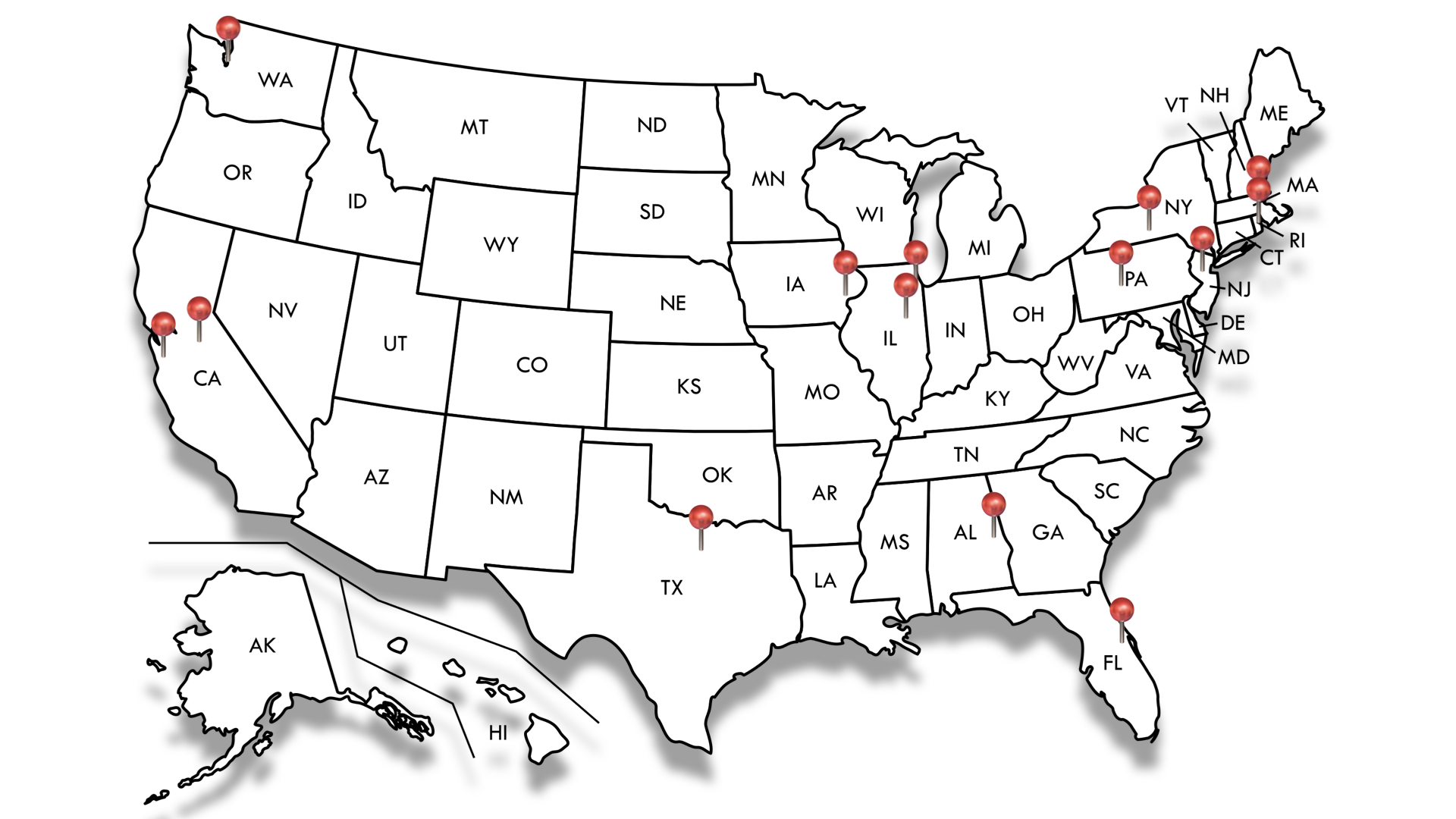
- Boston University
- Brown University
- Cornell University & Ithaca College
- Pennsylvania State University
- Princeton University/PPPL
- Texas Christian University
- University of California, Merced
- University of California, Santa Cruz
- University of Central Florida
- University of Illinois, Urbana Champaign
- University of Iowa
- University of Washington
Useful links:
Sponsors:
These conferences are supported in part by the National Science Foundation (PHY-1346627, PHY-1622510, and PHY-2012033) and by the Department of Energy (DE-SC0011076). Further details are available on the APS conference website. The APS CUWiP at Argonne is also supported by other sponsors. See "Sponsorship of CUWiP".
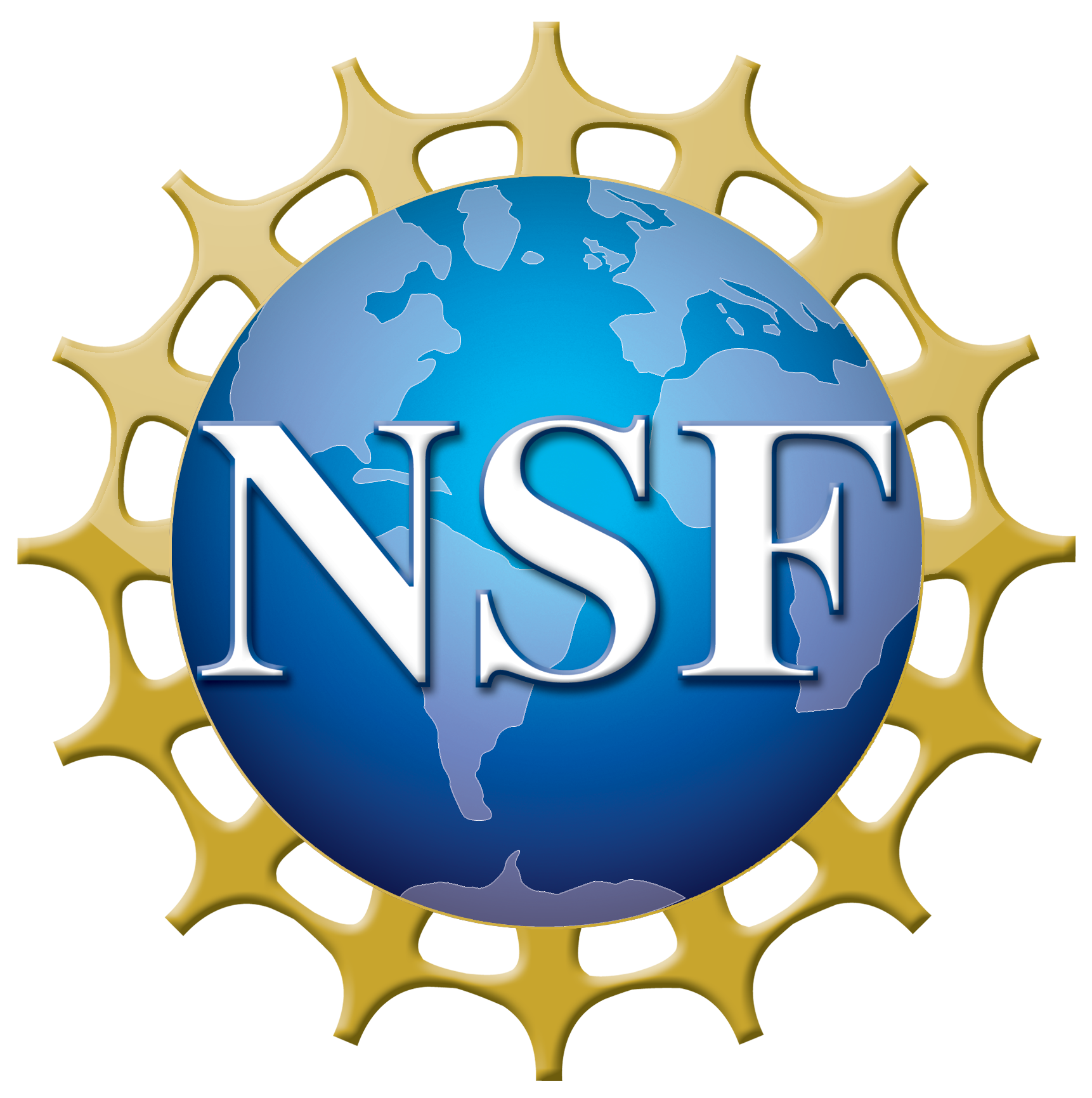
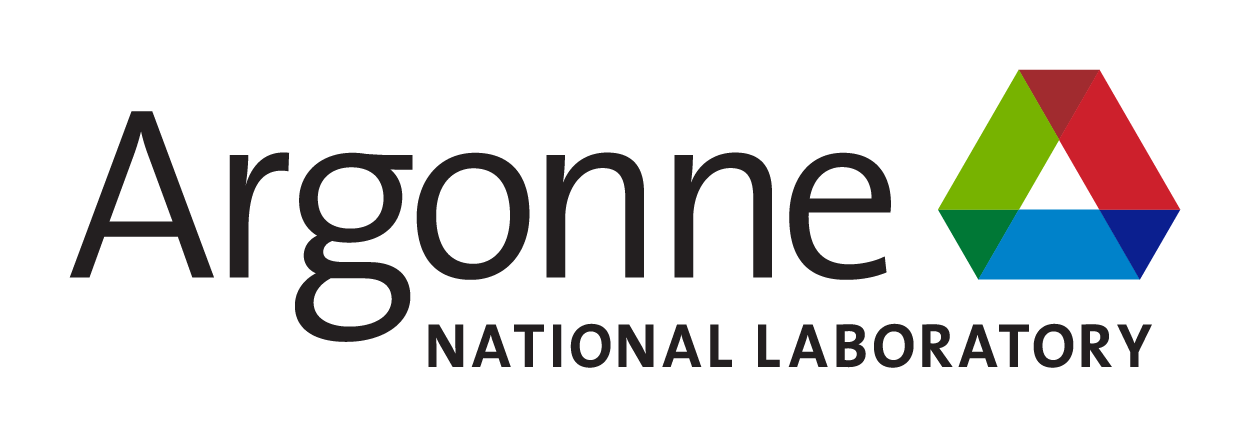

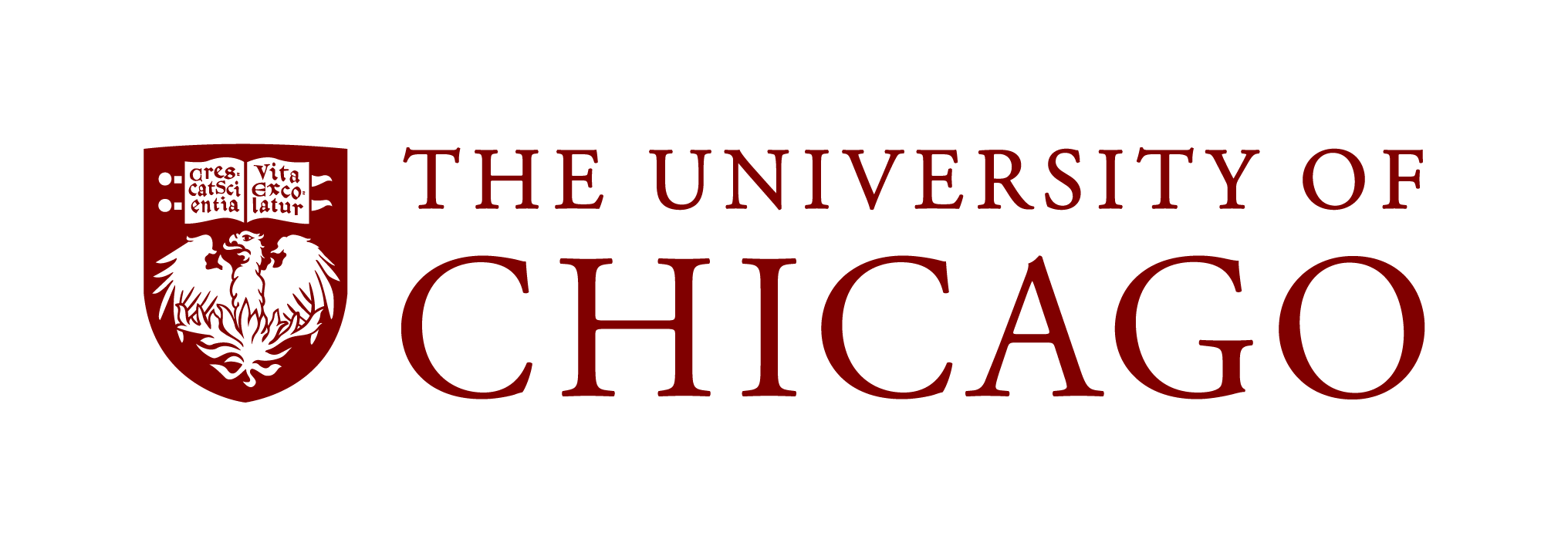

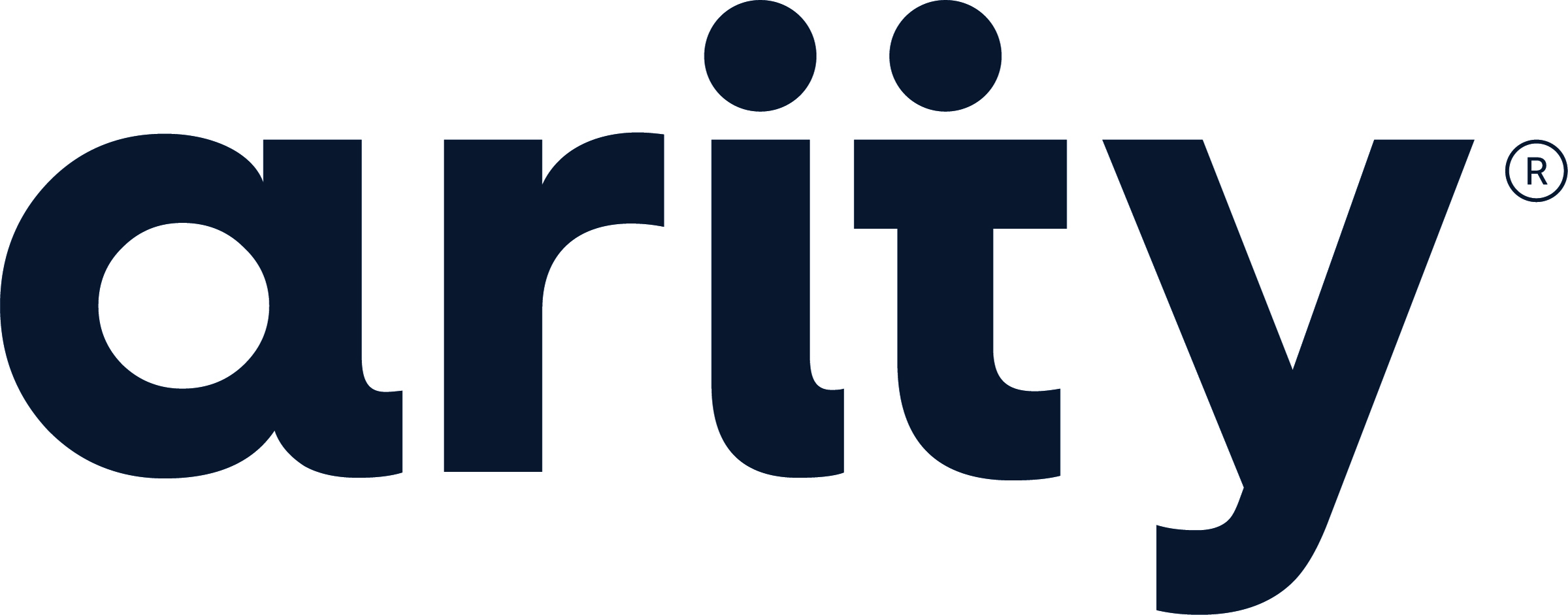


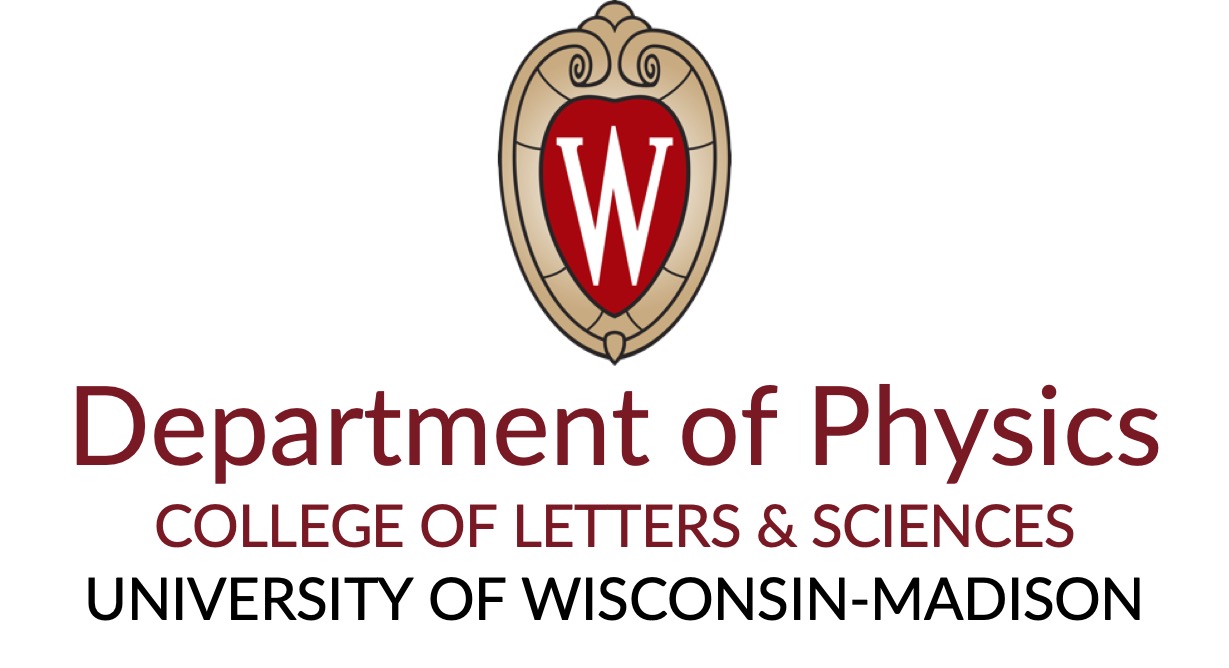

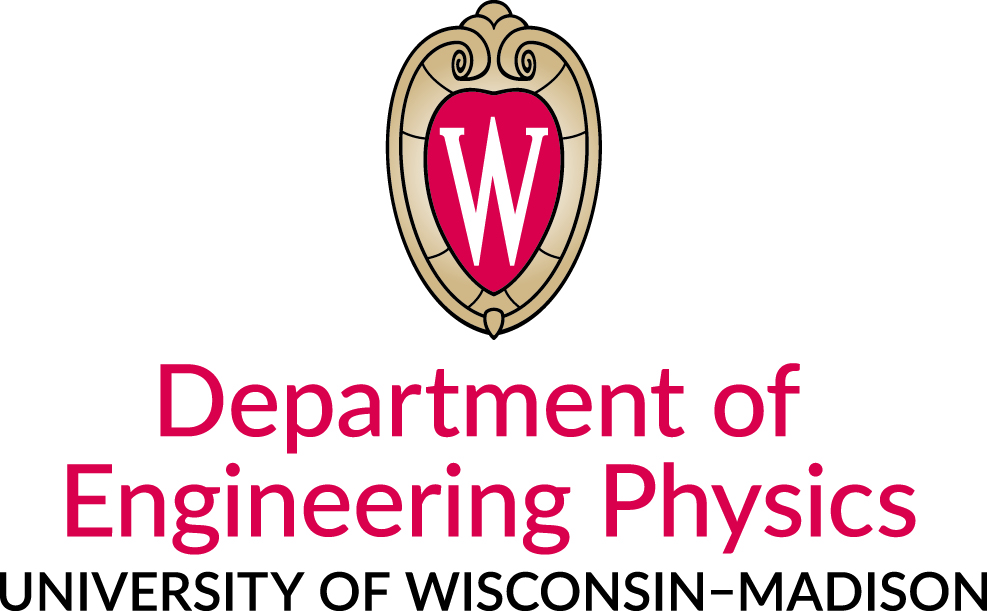

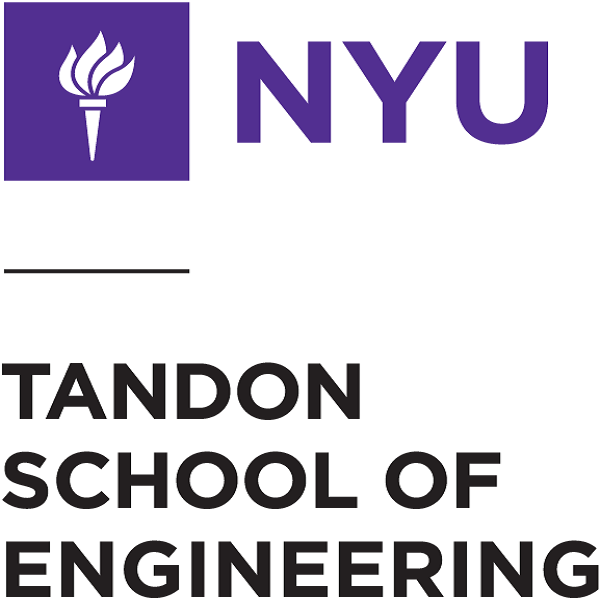
-
-
10:30 AM
→
5:30 PM
Arrival and conference check-in Atrium (Argonne APS)
Atrium
Argonne APS
-
12:00 PM
→
12:15 PM
Board Buses to Fermilab 15m Guest House (Argonne)
Guest House
Argonne
For Students preregistered for FNAL tour
-
12:30 PM
→
1:30 PM
Networking Lunch with Scientific Staff Lower Gallery (Argonne APS)
Lower Gallery
Argonne APS
-
1:30 PM
→
5:30 PM
Tour of Argonne facilities APS APS, ATLAS, and ALCF
APS APS, ATLAS, and ALCF
-
1:30 PM
→
5:30 PM
Tour of Fermilab experiments Fermilab experimental facilities
Fermilab experimental facilities
-
6:15 PM
→
7:30 PM
Plenary Session Auditorium (Argonne APS)
Auditorium
Argonne APS
-
6:15 PM
Argonne Welcome 10mSpeaker: Dr Lindsey Bleem (Argonne National Laboratory)
-
6:25 PM
APS Welcome 10mSpeaker: Brián Bordon (American Physical Society)
-
6:35 PM
From Africa to America: a quest for excellence 50mSpeaker: Dr Kawtar Hafidi (Associate Laboratory Director, Argonne)
-
6:15 PM
-
7:30 PM
→
9:00 PM
Formal Dinner Lower Gallery (Argonne APS)
Lower Gallery
Argonne APS
-
10:30 AM
→
5:30 PM
-
-
7:00 AM
→
8:00 AM
Breakfast 1h Gust House (Argonne )
Gust House
Argonne
-
8:10 AM
→
8:25 AM
Plenary talk: How to CUWiP Auditorium (Argonne APS)
Auditorium
Argonne APS
Convener: Dr Maria Zurek (Argonne National Lab) -
8:30 AM
→
9:30 AM
Diversity, Equity and Inclusion in STEM E1200 (Argonne APS)
E1200
Argonne APS
-
8:30 AM
Identifying and Interrupting Gender and Racial Implicit Bias in STEM 1h
The proposed workshop will be facilitated utilizing a social justice lens. Participants will learn more about their own socialization and social identities along with the conscious and unconscious prejudices and bias they may hold. Furthermore, they will learn to identify and challenge unexamined beliefs about self and others and understand how these beliefs have been established through a system of inequity based on privilege and power. They will then be provided with a culturally responsive framework to create a diverse and inclusive environment that values all backgrounds, experiences, and perspectives in the STEM space. The development of a growth mindset will be promoted and assist participants in developing a positive STEM identity. They will learn how to confront bias and systemic oppression through stereotype management, STEM cohesion and capital, along with other social justice approaches. In addition, they will practice having Candid Conversations utilizing a model inclusive of both Courageous and Crucial Conversations. Also, the D-STEM Equity Model will be shared, providing strategies to enhance diversity in STEM education and careers through culturally responsive pedagogy. The workshop will be rooted in Inclusive Excellence and approached through an Equity-Minded Lens.
Speaker: Dr Adrienne Coleman (IMSA)
-
8:30 AM
-
8:30 AM
→
9:30 AM
Forums/Skills Workshop: Applying to Internships (REUs, SULIs, and more) A1100 (Argonne APS)
A1100
Argonne APS
-
8:30 AM
Applying to Internships (REUs, SULIs, and more) 1h A1100
A1100
Argonne APS
Speakers: Kelly Garcia (University of Wisconsin), Lindsay Buettner (Argonne), Dr Russell Ceballos (Chicago Quantum Exchange), Savannah Gowen (University of Chicago)
-
8:30 AM
-
8:30 AM
→
9:30 AM
Forums/Skills Workshop: First look at Python E1100 (Argonne APS)
E1100
Argonne APS
-
8:30 AM
First look at Python! 1h E1100
E1100
Argonne APS
Speakers: Dr Gillian D. Beltz-Mohrmann (Argonne), John Domyancich (Argonne)
-
8:30 AM
-
8:30 AM
→
9:30 AM
Forums/Skills Workshop: Science Communication 101 Lower Gallery (Argonne APS)
Lower Gallery
Argonne APS
-
8:30 AM
Science Communication 101 1h
Great communication skills are a huge asset in any career, whether you’re considering academia, industry, STEM education, science policy or something totally different. In this short training, you’ll get a crash course in the fundamentals of science communication. You’ll learn about – and practice – basic tools and techniques that will improve your ability to communicate to different types of people in a range of situations, from conference presentations to public outreach events.
Speakers: Jessica Burgess (Education Outreach Lead, Argonne), Dr Katie Yurkewicz (Head of Scientific & Technical Communications, Argonne), Savannah Mitchem (Integrated Communications Coordinator, Physical Sciences and Engineering, Argonne)
-
8:30 AM
-
8:30 AM
→
9:30 AM
Graduate School Auditorium (APS)
Auditorium
APS
Convener: Dr Jessica Metcalfe (Argonne)-
8:30 AM
How to apply to graduate school 1hSpeakers: Jill Peery (University of Wisconsin), Louise Ferris (University of Wisconsin), Rachel Hur (University of Chicago)
-
8:30 AM
-
9:30 AM
→
10:00 AM
Coffee break 30m Atrium (Argonne APS)
Atrium
Argonne APS
-
10:00 AM
→
10:40 AM
Plenary talk Auditorium (Argonne APS)
Auditorium
Argonne APS
Convener: Dr Zhao Yong (Argonne)-
10:00 AM
My Astronomical Journey 40m
The launch of the Hubble Space Telescope in 1990 enabled astronomers to make measurements of the universe of unprecedented accuracy. The James Webb Space Telescope, launched on December 25, 2021, is now delivering even higher accuracy. Professor Freedman will describe her work using the Hubble and James Webb Space Telescopes measuring the rate at which the universe is expanding, a quantity known as the Hubble constant, which gives a measure of the size and the age of the universe. She will briefly describe these measurements, and how recent results suggest that there may be a missing piece in our current understanding of cosmology. Professor Freedman spent 30 years of her career at the Carnegie Observatories, in Pasadena, CA, 11 of those as Director, during which time she led an international project to build one of the largest telescopes in the world, the Giant Magellan Telescope. She now is the John and Marion Sullivan University Professor in the Department of Astronomy and Astrophysics at the University of Chicago.
Speaker: Prof. Wendy L Freedman
-
10:00 AM
-
10:45 AM
→
11:30 AM
Career Panel
-
10:45 AM
Career Panel in Data Science/Consulting/Quantitative Analysis 45m A1100 (Argonne APS)
A1100
Argonne APS
Speakers: Dr Hillary Child (Boston Consulting Group (BCG)), Dr Jenny Holzbauer (Allstate), Dr Leslie Rogers (Argonne, Panel Moderator), Dr Wendy Di (Argonne National Laboratory) -
10:45 AM
Career Panel in Education — High School Physics, Outreach and Museum Education, National Lab 45m E1200 (Argonne APS)
E1200
Argonne APS
Speakers: Dr Azucena Rodriguez (Learning Center Program Coordinator, Argonne), Ellen Martinsek (Chicago Public Schools), Juliet Crowell (Education and Public Outreach Manager, Cosmic Microwave Background Stage 4 (CMB-S4), University of Chicago) -
10:45 AM
Careers in Quantum 45m Auditorium (Argonne APS)
Auditorium
Argonne APS
Speakers: Dr Giulia Galli (Liew Family Professor of Electronic Structure and Simulations Pritzker School of Molecular Engineering and Department of Chemistry; Senior Scientist and MICCoM Director Argonne National Laboratory), Dr Meera Raja (Deep Tech), Meredith Fore (Chicago Quantum Exchange)
-
10:45 AM
-
10:45 AM
→
11:45 AM
Diversity, Equity and Inclusion in STEM: Round Table A5000 (Argonne APS)
A5000
Argonne APS
Convener: Dr Elena Rozhkova (Argonne)-
10:45 AM
LGBTQ+ Roundtable 1hSpeakers: Carissa Holohan (Argonne National Laboratory), Samantha Burtwistle (Argonne National Lab), Dr Sierra Villarreal (SLAC)
-
10:45 AM
-
10:45 AM
→
11:30 AM
Forums/Skills Workshop: Making Mentoring Meaningful—Identifying Needs and Mapping a Mentor Network Lower Gallery (Argonne APS)
Lower Gallery
Argonne APS
-
10:45 AM
Making Mentoring Meaningful—Identifying Needs and Mapping a Mentor Network 45m Lower Gallery
Lower Gallery
Argonne APS
Would you like to connect with a mentor but aren’t sure how to get started or what you should talk about? In this workshop, participants will identify mentoring needs, map a mentoring network, and learn tips for having a meaningful mentoring relationship.
Speakers: Dr Margaret Koker (Lawrence University), Dr Tina Henne (Argonne)
-
10:45 AM
-
10:45 AM
→
11:30 AM
Tours
-
11:30 AM
→
12:00 PM
Lunch Pick Up for Plenary Session 30m Argonne APS
Argonne APS
-
12:00 PM
→
12:45 PM
Plenary: Careers in Physics (panel) Auditorium (Argonne APS)
Auditorium
Argonne APS
Convener: Katie Yurkewicz (Head of Scientific & Technical Communications, Argonne)-
12:00 PM
Career Panel 45mSpeakers: Prof. Angela Olinto (Dean of the Division of the Physical Sciences and Albert A. Michelson Distinguished Service Professor of Astronomy & Astrophysics, University of Chicago), Brián Bordon (Bridge Program Manager, American Physical Society), Lynn Greetis (Staff Systems Engineer at Northrop Grumman), Dr Rachel Bronson (CEO of the Bulletin of the Atomic Scientists), Dr Sam Zeller (Deputy Project Director for LBNF/DUNE-US Near Detector, Fermilab)
-
12:00 PM
-
1:00 PM
→
2:30 PM
APS CUWiP plenary Auditorium (Argonne APS)
Auditorium
Argonne APS
-
1:00 PM
APS National Plenary 1h 30mSpeaker: Prof. Nadya Mason (University of Illinois)
-
1:00 PM
-
2:30 PM
→
4:00 PM
Career Fair Atrium (Argonne APS)
Atrium
Argonne APS
with coffee and cookies
-
2:30 PM
Grad School 1h 30mSpeakers: Illinois Institute of Technology, University of Wisconsin-Madison, Michigan State University, NYU Tandon School of Engineering, University of Chicago, University of Michigan
-
2:30 PM
Industry/Laboratory 1h 30mSpeakers: Argonne, Arity, Hewlett Packard Enterprise, Siemens Healthineers
-
2:30 PM
Summer Internships/REU/SULIs 1h 30mSpeaker: Argonne (SULI)
-
2:30 PM
-
4:15 PM
→
5:15 PM
Career Fair: Networking Atrium (Argonne APS)
Atrium
Argonne APS
with coffee and cookies
-
4:15 PM
→
5:15 PM
Career Panel
-
4:15 PM
Science Careers at National Labs 1h Auditorium (Argonne APS)
Auditorium
Argonne APS
Speakers: Dr Katie Yurkewicz (Head of Scientific and Technical Communications, Argonne), Dr Katrin Heitmann (Physicist and Computational Scientist, Deputy Division Director HEP Division, Argonne National Laboratory), Dr Xueying Lu (Assistant Professor, Northern Illinois University / Argonne National Laboratory)
-
4:15 PM
-
4:15 PM
→
5:15 PM
Diversity, Equity and Inclusion in STEMConveners: Dr Margaret Koker (Lawrence University), Dr Sylvester J Joosten (Argonne)
-
4:15 PM
Round Table - Diversity in Physics 1h E1200 (Argonne APS)
E1200
Argonne APS
Speakers: Brián Bordon (American Physical Society), Dr Demet Usanmaz (Kettering University), Dr Giselle Sandi (Argonne) -
4:15 PM
Round Table - LGBTQ in Physics 1h A5000 (Argonne APS)
A5000
Argonne APS
Speakers: Carissa Holohan (Argonne), Dr Sierra Villarreal (SLAC)
-
4:15 PM
-
4:15 PM
→
5:15 PM
Forums/Skills Workshop Lower Gallery (Argonne APS)
Lower Gallery
Argonne APS
-
4:15 PM
“Yes, and”: A Guiding Principal for Difficult Conversations 1h Lower Gallery
Lower Gallery
Argonne APS
Conversations with a boss, coworker, or even a family member on challenging topics can be difficult to navigate. In this workshop, participants will learn how to use the principle of “Yes, And” to ensure such conversations are productive for all parties. “Yes, and” is a method where we validate the perspectives of others while adding our own - notably, without refuting theirs. This allows all parties to come to a collaborative solution. The learning objectives of this workshop are to: 1) gain confidence in approaching conversations, 2) learn skills to think on one’s feet and redirect as needed, and 3) develop experience in active listening and responding accordingly.
Speakers: Dr Elizabeth Laudadio (Argonne), Dr Paige Kinsley (Argonne)
-
4:15 PM
-
4:15 PM
→
5:15 PM
Forums/Skills Workshop E1100 (Argonne APS)
E1100
Argonne APS
-
4:15 PM
First Look at Python! 1h E1100
E1100
Argonne APS
Speakers: Gillian D. Beltz-Mohrmann (Argonne), John Domyancich (Argonne)
-
4:15 PM
-
5:30 PM
→
6:00 PM
Group photo 30m Atrium (Argonne APS)
Atrium
Argonne APS
-
6:00 PM
→
8:00 PM
Poster session and networking dinner Argonne TCS
Argonne TCS
-
8:30 PM
→
10:30 PM
Social activity 2h Guest House
Guest House
Ice cream and games at the Guest House
-
7:00 AM
→
8:00 AM
-
-
7:00 AM
→
7:30 AM
Breakfast 30m Guest House (Argonne )
Guest House
Argonne
-
7:45 AM
→
8:30 AM
Meet and Greet: Networking Lower Gallery (APS)
Lower Gallery
APS
-
8:30 AM
→
9:30 AM
Career PanelConvener: Dr Michael Pfenning (West Point)
-
8:30 AM
Career Panel in Medical Physics (Technology and Treatment) 1h A1100 (Argonne APS)
A1100
Argonne APS
Speakers: Amy Renne (Medical Physics PhD Student, University of Chicago/Argonne National Laboratory ), Dr Hyejoo Kang (Assistant Professor, Applied Health Sciences, Loyola University Chicago), Dr Wendy McDougald (Siemens)
-
8:30 AM
-
8:30 AM
→
9:30 AM
Diversity, Equity and Inclusion in STEM A5000 (Argonne APS)
A5000
Argonne APS
Convener: Dr Christine McLean (Argonne)-
8:30 AM
Diversity in Physics Roundtable 1hSpeakers: Brián Bordon (American Physical Society), Dr Hiba Assi (University of Detroit Mercy ), Kelly Garcia (University of Wisconsin)
-
8:30 AM
-
8:30 AM
→
9:30 AM
Forums/Skills Workshop: Preparing your Resume and Mastering Linkedin Lower Gallery (Argonne APS)
Lower Gallery
Argonne APS
Convener: Lindsay Buettner (Argonne National Lab) -
8:30 AM
→
9:30 AM
Graduate School: A Day in the Life of a Graduate Student Auditorium (APS)
Auditorium
APS
Convener: Dr Stephanie Lauback (Hillsdale College)-
8:30 AM
Day in the Life of a Graduate Student 1hSpeakers: Jennifer Garland (Northwestern University), Karia Dibert (University of Chicago), Kate Napier (University of Michigan), Kayla Kornoelje (University of Chicago & Argonne National Laboratory), Louise Ferris (University of Wisconsin-Madison)
-
8:30 AM
-
8:30 AM
→
9:30 AM
Student Research Talks I E1100 (Argonne APS)
E1100
Argonne APS
Convener: Dr Robert Wiringa (Argonne)-
8:30 AM
How Musicians Can Utilize the Guitar's Acoustic Properties 12m
Guitars are extremely versatile instruments due to the myriad of ways in which the player can alter the timbre. Specific adjustments are made to the guitar that correspond to stylistic distinctions between genres of music. This study explores how the timbre of the guitar is affected by alterations in the string type and gauge, the excitement location, pick versus pluck excitements, and the placement of the capo on an acoustic guitar. The main goal is to investigate how each of these factors play a role in certain genres of music where guitars are one of the main instruments. Measurements were taken at the LU acoustics lab and the anechoic chamber at Northwestern, and from the data we can determine how our results can be utilized by musicians. This talk will present how a theoretical understanding of the previously mentioned changes can justify and direct a guitarist’s artistic decisions in Flamenco, Irish Traditional, and country/folk music. Understanding the connection between the technical and artistic aspects of the guitar can guide a musician in creating the effects appropriate for each genre.
Speaker: Jessica Moore (Loyola University Chicago) -
8:42 AM
Digitization, Measurement, and Analysis of a 1905 Barnard Atlas Photographic Plate 12m
In the second paper in a series on observatory data digitization, we improve on our previous demonstration of the ability of a commercially available graphic arts scanner to aid the production of scientifically useful scans of astronomical photographic plates. We describe a method using freely available software to extract magnitude measurements from the star images on sky-survey plates, which reside in observatory archives worldwide. We detail the use of this method on one plate in particular, Plate 8 in E. E. Barnard’s A Photographic Atlas of Selected Regions of the Milky Way; examine the effects of our scanning method on our magnitude measurements; discuss the difficulties encountered when measuring the magnitudes of stars in crowded fields; and present a case study of red supergiant stars appearing within the field. Our work results in a catalog of more than 66,000 measurements of stellar positions and magnitudes in the central 68 × 68 field of view.
Speakers: Audrey Scott (University of Chicago), Rowen Glusman (University of Chicago) -
8:54 AM
Sheet’s getting real: dynamics and fragmentation in polymeric fluid sheets 12m
We encounter fragmentation in fluid sheets whenever we visit a waterfall or hold our thumb over the end of a hose. Because of their 2D geometry, these sheets present a unique opportunity to explore material instabilities. Newtonian fluid sheets have been well characterized; we are working toward an analogous understanding of complex fluid sheets, where the viscosity of the material depends on the applied stress. Fragmentation patterns in polymeric fluid sheets in particular demonstrate the distinct effects of flow properties and mesoscale fluid structure on material stability. In our experiments, we generate the sheets via the collision of two liquid jets and film their dynamics using high-speed photography. Our findings indicate that quickly-expanding sheets are less stable than slowly flowing sheets, and that higher viscosities generate thicker and more stable sheets. Jet velocity, jet diameter, and the investigated fluid’s flow properties are all important in setting the observed instabilities, but polymeric fluids such as Carbopol 940 which self-assemble into microgels have unique fragmentation patterns. Adding sugar alcohols to these solutions changes the microstructure of the fluid without changing its rheology, which allows us to separately examine the roles of these two parameters.
Speaker: Carly Galvin (Northwestern University) -
9:06 AM
Exfoliation of two-dimensional atomic crystals with automated identification 12m
After graphene was first isolated with a simple piece of scotch-tape in 2004, it has demonstrated a rich landscape for interesting physical phenomena and research on its promising technological potential has blossomed. By further applying the technique of mechanical exfoliation to analogous materials, new two-dimensional (2D) atomic crystals with distinct physical properties from their bulk counterparts have been discovered. However, the time-consuming manual identification of 2D flakes after exfoliation hinders practical technological applications and fundamental research. Coupling deep learning algorithms with optical microscopy can automate identification with high accuracy. However, deep learning algorithm’s high computational complexities, large dataset requirements, and more importantly, opaque decision-making processes limit their accessibilities. As an alternative, we have developed physically informed, transparent tree-based machine learning (ML) algorithms to automate identification of exfoliated 2D atomic crystals under diverse optical settings. We show that the decision trees, gradient boosted decision trees, and random forests successfully classify optical images of exfoliated 2D atomic crystals with physical and transparent decisions. We also find that the tree-based methods do not suffer from extreme overfitting and large dataset requirements. We then couple these successful ML methods with mechanical exfoliation to promote scalable fabrication of large flakes.
Speaker: Laura Zichi (University of Michigan) -
9:18 AM
Finite SSH chains coupled to a two-level emitter: Transition from weak perturbation to new edge state 12m
The Hamiltonian for the one-dimensional SSH chain is one of the simplest Hamiltonian that supports topological states. This work considers between one and three finite SSH chains that are coupled in two distinct ways. In set-up 1 (cavity-shared case), the three chains share a lattice site (or cavity), which, in turn, is coupled to a two-level emitter. In set-up 2 (emitter-shared case), each chain is coupled to the same two-level emitter. For both scenarios, we investigate the emitter dynamics as functions of the emitter-cavity coupling strength g and the detuning between the emitter energy and the center of the band gap. For small g, the emitter acts as a perturbation. For moderately large g, in contrast, the emitter acts as a new edge. This transition is related to the finiteness of the SSH chains considered in this work, i.e., such a transition is absent in the corresponding infinite chain systems. To quantify the robustness of the topological system characteristics, onsite disorder is introduced. The inverse participation ratio for the cavity-shared and emitter-shared systems consisting of j chains (j>1) are found to display differences as a function of the disorder strength.
Speaker: Claire Kvande (Kalamazoo College)
-
8:30 AM
-
8:30 AM
→
9:30 AM
Student Research Talks II E1200 (Argonne APS)
E1200
Argonne APS
Convener: Dr Katie Harrington (Argonne National Laboratory)-
8:30 AM
Exploring the Significance of Deflection Effects in DES Y3 12m
The goal of this project is to determine whether weak lensing deflection effects on galaxies is negligible, as is the current assumption, using data from the Dark Energy Survey's Year 3 results. We determine this by computationally measuring the three two-point correlation functions for galaxy clustering, galaxy-galaxy lensing, and cosmic shear in gravitationally deflected galaxy positions and comparing them to undeflected galaxy positions within a simulated galaxy catalog. If the effects of deflection are statistically significant, we must correct the assumption and refine our models. The concept of “Precision Cosmology” is relevant here because, although we are dealing with extremely small differences and numbers, these small numbers extrapolate to very large effects when looking back to the early Universe and its evolution over time. So small errors in our cosmological models would ultimately make our models of the Universe erroneous, which is particularly relevant as we move toward working with the more powerful Large Synoptic Survey Telescope and its data.
Speaker: Kihana Wilson (University of Chicago) -
8:42 AM
The Muon Drift Tube Test for ATLAS Muon Detector Upgrade 12m
The presentation focuses on the purpose of the muon detector upgrade for ATLAS at CERN, and then further dives into the mechanics of the spectrometers themselves. I then follow up with my contributions to the building of these spectrometers, which involves quality control testing before parts are moved into final construction.
Speaker: Katie Ream (University of Michigan) -
8:54 AM
Improving Simulation of Tau Neutrinos Using Polarization Information 12m
Detecting tau neutrinos is extremely difficult due to the similarities the process has with the backgrounds. Therefore, accurate modeling of the tau neutrino charged current interaction and subsequent tau lepton decay is required. Codes that effectively decay the tau already exist, but all existing event generators that produce the tau result in considerable error due to inappropriate polarization approximations. The ACHILLES event generator fully calculates the polarization, thus accurately producing the tau. We show the polarization calculations within ACHILLES and the first steps towards connecting the ACHILLES event generator with SHERPA to decay the taus.
Speaker: Sherry Wang (Northwestern University) -
9:06 AM
Predicting Far-Side Helioseismology AR Accuracy Using Statistical Analyses 12m
Active regions (ARs), areas on the sun with strong magnetic flux, are indicators of where harmful space weather may originate. In order to better prepare for these phenomena, it is important to be able to predict how flux on the Sun evolves over time. This project aims to improve current models of flux evolution by quantifying the uncertainties in far-side helioseismic data from the Helioseismic and Magnetic Imager (HMI) instrument on the Solar Dynamics Observatory. Surface Flux Transport (SFT) models simulate the evolution of ARs on the far-side of the Sun, but are unable to include new ARs that emerge on the far-side. Helioseismology uses dopplergrams to measure the variations in solar wave propagations and create near and far-side maps of the flows on the Sun, which can then be used to detect locations of far-side ARs. However, there are systematic uncertainties in the far-side AR detections. Previously we incorporated all active regions into the Advective Flux Transport (AFT) SFT model for a single month in Feb. 2014, comparing with HMI observations as the ARs rotated onto the near side. We now expand our investigation by characterizing the uncertainties in the HMI derived far side maps based on location and area of the ARs by comparing them with far side solar observations obtained by STEREO from 2010-2014 in the 304 wavelength (which is known to be sensitive to a magnetic field). Ultimately, we hope to use these uncertainties to improve the accuracy of AR detections, propagate the quantitative uncertainties into helioseismically-derived far-side magnetic flux maps, provide a quantitative standard deviation of the far-side magnetic flux maps, and incorporate these data into AFT to provide the most accurate maps the photospheric magnetic flux over the entire surface of the Sun.
Speaker: Alyssa Russell (University of Michigan) -
9:18 AM
Transitioning from community college to a 4-year College 12m
Transitioning from community college to a 4-year College
Speaker: Mya Powers-Nash (Chicago State University)
-
8:30 AM
-
9:30 AM
→
10:30 AM
Plenary talk Auditorium (Argonne APS)
Auditorium
Argonne APS
Convener: Dr Ben Kay (Argonne)-
9:30 AM
Metal-like behavior in nanoparticle assemblies 20m
Nanoparticles are studied for their tunable uses and properties as individual particles. They can also self-assemble into a wide variety of structures, which further increases potential for different applications. Traditionally, these structures have been static ionic-compound-like lattices where all nanoparticles are fixed at lattice points; however, a set of metal-like phases was recently predicted computationally and observed experimentally. The metal-like phases are composed of two species of nanoparticle, one much smaller than the other and, in these phases, the small particles are delocalized within the crystal, roaming the lattice while still maintaining the structural stability of the crystal. In this talk, I will discuss a simplified computational model we developed to study the transition from the compound-like to metal-like structures, as a function of temperature and other properties. We find that the properties of the nanoparticles determine the overall structure into which they assemble. Some nanoparticle properties simply shift the temperature at which transitions between phases takes place, whereas others play a much more fundamental role in determining the assembled structure.
Speaker: Ali Ehlen -
9:50 AM
Graduate research in high energy physics for the Muon g-2 experiment 20m
As a graduate student there are opportunities to contribute to research in a variety of ways. To provide the necessary context for the research completed, the Muon g-2 experiment is briefly discussed, including the background of the measurement, the aims of Muon g-2 and the function of the straw trackers. Examples of the research activities undertaken during the first year of a PhD are presented, ranging from data analysis for the tracking algorithm and measurement of the electric dipole moment, to experiment shifts and field measurements.
Speaker: Lucy Bailey (UCL) -
10:10 AM
Materializing quantum technologies 20m
Quantum information science (QIS) holds great promise to revolutionize applications such as sensing, communication, and computing. Sensing gravitational waves, ultra-secure communication networks, and solving hard computational problems are a few exciting examples. However, to realize this potential of QIS, materials design and optimization will be crucial. In particular, identifying strategies to synthesize, manipulate, and address the basic units of quantum information (called ‘qubits’) is an outstanding challenge. In this presentation, I will talk about the role of computational materials science in designing promising qubits for quantum technologies. I will also talk about how growing compute power, including those of quantum computers themselves, can enable accurate and realistic materials simulations. I will end with future prospects for this field, and also share a little about my career trajectory (it’s always fun to make people guess my undergraduate degree- rarely do they guess it right!).
Speaker: Dr Vrindaa Somjit (Postdoctoral research scholar, Materials Science Division, Argonne National Lab)
-
9:30 AM
-
10:30 AM
→
11:00 AM
Coffee break 30m Atrium (Argonne APS)
Atrium
Argonne APS
-
11:00 AM
→
12:00 PM
Plenary talk Auditorium (Argonne APS)
Auditorium
Argonne APS
Convener: Dr Elena Rozhkova (Argonne)-
11:00 AM
Impostorism in Science: What is it, and what can we do about it? 50m
The impostor syndrome was first used by psychologists in 1978 to describe highly successful women who had difficulty internally recognizing their own achievements and continued to feel like they were impostors in their careers. Since that time, further research has demonstrated that men can also exhibit characteristics of this phenomenon. Impostor syndrome also has been referred to as the “impostor phenomenon,” and some scholars use the term “impostorism” to emphasize the role that social structures have in making people feel like impostors in fields in which they have expertise. In this talk, I will present research results on impostorism in physics and astronomy, discuss possible causes of impostorism, and suggest possible solutions.
Speaker: Dr Rachel Ivie (American Insitute of Physics)
-
11:00 AM
-
12:15 PM
→
1:15 PM
Working Lunch and Reflection Talk 1h Lower Gallery (Argonne APS)
Lower Gallery
Argonne APS
-
1:15 PM
→
1:45 PM
Concluding remarks Lower Gallery (Argonne APS)
Lower Gallery
Argonne APS
-
7:00 AM
→
7:30 AM
